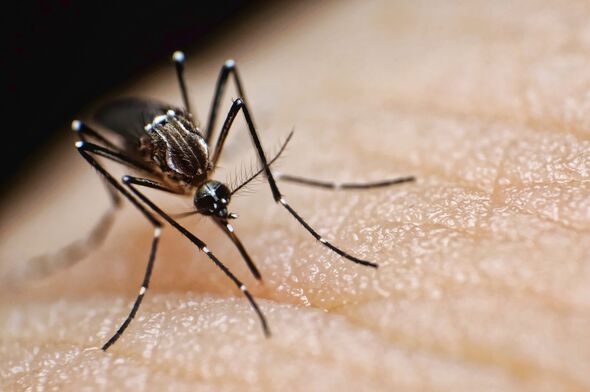
Investors: Beware Sound Economic Analysis
June 26, 2014
3D printed sausages on the menu at Europe’s biggest science event in …
June 26, 2014If no further action is taken and global temperature increases by 3.5°C, climate damages in the EU could amount to at least €190 billion, a net welfare loss of 1.8% of its current GDP. Several weather-related extremes could roughly double their average frequency. As a consequence, heat-related deaths could reach about 200 000, the cost of river flood damages could exceed €10 billion and 8000 km2 of forest could burn in southern Europe. The number of people affected by droughts could increase by a factor of seven and coastal damage, due to sea-level rise, could more than triple. These economic assessments are based on scenarios where the climate expected by the end of the century (2080s) occurs in the current population and economic landscape.
These are just some of the findings of a new report by the European Commission’s in-house science service, the Joint Research Centre, which has analysed the impacts of climate change in 9 different sectors: agriculture, river floods, coasts, tourism, energy, droughts, forest fires, transport infrastructure and human health. The report also includes a pilot study on habitat suitability of forest tree species.
Connie Hedegaard, European Commissioner for Climate Action said: “No action is clearly the most expensive solution of all. Why pay for the damages when we can invest in reducing our climate impacts and becoming a competitive low-carbon economy? Taking action and taking a decision on the 2030 climate and energy framework in October, will bring us just there and make Europe ready for the fight against climate change.
Expected biophysical impacts (such as agriculture yields, river floods, transport infrastructure losses) have been integrated into an economic model in order to assess the implications in terms of household welfare. Premature mortality accounts for more than half of the overall welfare losses (€120 billion), followed by impacts on coasts (€42 billion) and agriculture (€18 billion).
The results also confirm the geographically unbalanced distribution of climate change related damages. For the purpose of this study, the European Union is divided into 5 regions. What the study identifies as southern Europe and central Europe south (see background for details) would bear most of the burden (- 70%), whereas the northern Europe region would experience the lowest welfare losses (- 1%), followed by the UK and Ireland region (- 5%) and central Europe North (- 24%).
However, the report also shows that welfare impacts in one region would have transboundary effects elsewhere. For example, the welfare loss due to sea level rise in the central Europe North region or to the agricultural losses in southern Europe would have a spill over effect on the whole Europe due to economic interlinkages.
These results relate to no action taken to mitigate global warming. The project also looks at the scenario where strong greenhouse gas reduction policies are implemented and temperature rise is kept below 2 degrees Celsius (the current international target). In this case, impacts of climate change would reduce by €60 billion, a 30% decrease. In addition, some significant biophysical impacts would be substantially reduced: the increased burned area would halve and 23 000 annual heat-related deaths would be spared.
This considered, further effects should be taken into account when assessing the benefits of reducing GHG emissions, not modelled in PESETA II. Firstly, there would be a reduced risk of fundamental impacts due to extremes and abrupt climate change. Secondly, there would be benefits associated with lower EU energy imports, as a 2°C scenario would lead to a substantial reduction in net energy imports in the EU. Thirdly, the additional benefits due to lower air pollution of the 2°C scenario can be also very large. Last but not least, the difference in impacts between the Reference simulation and the 2°C scenario would get bigger as time passes beyond 2100.
If future population and economic growth projections would be taken into account, the negative effects would multiply. The study simulated this for the impacts of river floods and results show that they could multiply tenfold.



Andy Murray’s comment on Nadal and Federer sums up his feelings on Novak Djokovic
Read more